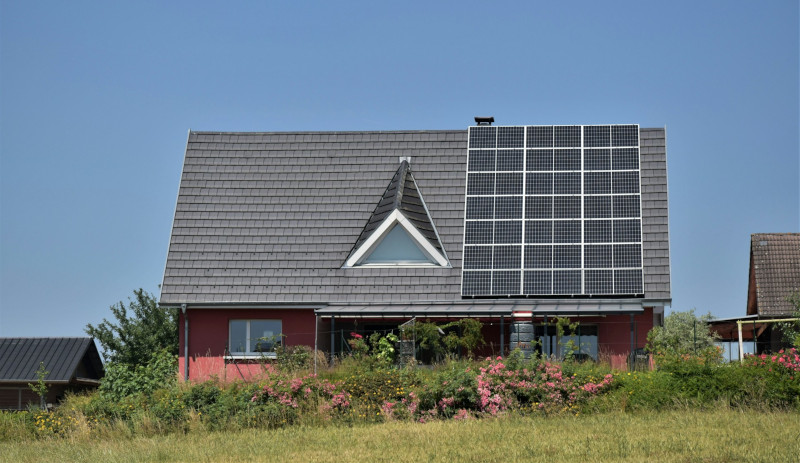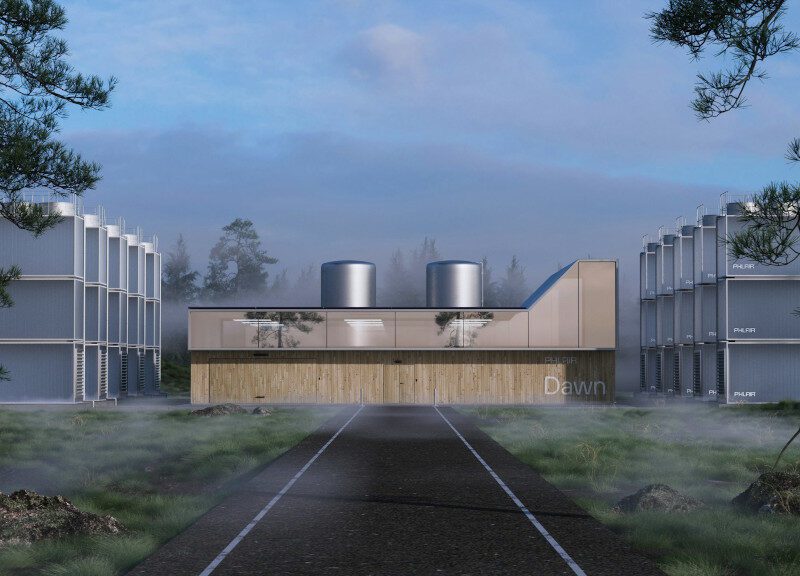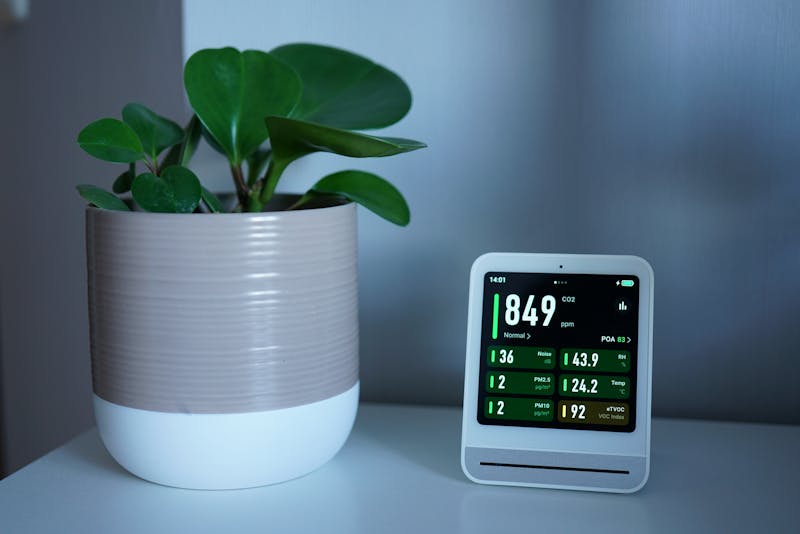Last Updated on May 17, 2025
Solar power is emerging as a leading solution for homeowners looking to slash their energy bills and reduce their carbon footprint. However, the efficiency and effectiveness of a solar panel system heavily depend on its installation location. Choosing the best location for solar panels involves a careful consideration of several key factors, including shading, orientation, cost, zoning regulations, and the type of mounting system.
This article will guide you through these considerations to help you make an informed decision that maximizes your solar investment.
1. Sunlight Exposure and Shading
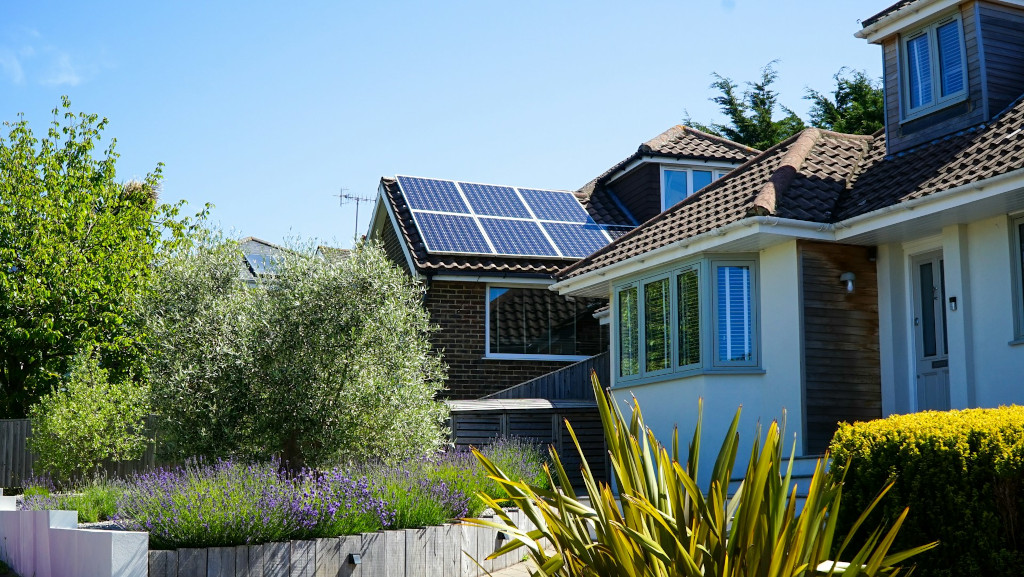
Sunlight exposure is the primary factor in determining the best location for solar panels. You need to identify areas on your property that receive the most sunlight throughout the day.
Shading analysis
Shading from trees, buildings, or other obstructions can significantly reduce the efficiency of solar panels. Even partial shading can lead to a disproportionate drop in energy production because solar cells are typically connected in series. A shading analysis is essential to identify potential obstructions and their impact on solar panel performance.
Tools for Shading Analysis
Several software tools can help you assess shading and sunlight exposure. For instance, Google Project Sunroof uses satellite imagery to analyze your roof’s solar potential, including shading from nearby structures and trees. Solar Pathfinder is another tool that provides a detailed shading analysis by capturing the sun’s path throughout the year.
2. Orientation and Tilt Angle
Solar panel orientation and tilt angle are critical in optimizing energy production. In the Northern Hemisphere, solar panels should generally face south to capture maximum sunlight. However, east and west-facing orientations can also be effective, depending on your energy usage patterns.
Tilt Angle
The tilt angle of solar panels should be adjusted based on your geographic location. The optimal tilt angle is typically equal to your location’s latitude. For example, if you live at a latitude of 40 degrees, setting your panels at a 40-degree tilt will maximize energy production.
Adjustable mounting systems can allow you to change the tilt angle seasonally to capture more sunlight during different times of the year.
3. Roof vs. Ground-Mounted Systems
When choosing the location for solar panels, you must decide between a roof-mounted or ground-mounted system. Each option has advantages and disadvantages, and the choice will depend on your specific circumstances.
Roof-Mounted Systems
Roof-mounted systems are the most common choice for residential solar installations. They utilize existing space and do not require additional land.
However, the suitability of your roof depends on its condition, orientation, and shading. Additionally, roof-mounted systems may require structural reinforcements, which can add to the overall cost.
Ground-Mounted Systems
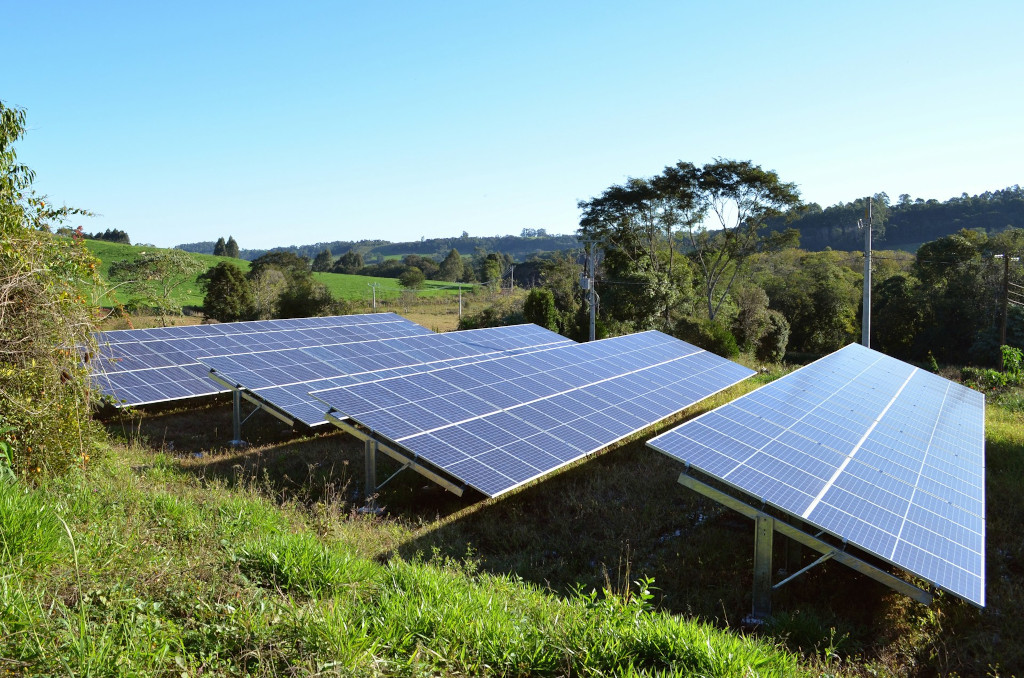
Ground-mounted systems offer more flexibility in terms of orientation and tilt angle. They are easier to access for maintenance and cleaning.
However, they require available land and may involve higher installation costs due to the need for mounting structures and trenching for electrical connections.
Cost Comparison
On average, ground-mounted systems can be 10-20% more expensive than roof-mounted systems due to the additional materials and labor required. However, the increased energy production from optimal placement can offset the higher initial cost over time.
4. Zoning Regulations and Permits
Before installing solar panels, understand zoning regulations and permitting requirements in your area. These regulations can vary significantly depending on your location and may impact where and how you can install solar panels.
Zoning Regulations
Zoning laws may dictate solar panels’ height, placement, and appearance. For example, some homeowners’ associations (HOAs) have strict guidelines on solar panel visibility from the street. Review these regulations and obtain any necessary approvals before proceeding with the installation.
Permits
Most jurisdictions require permits for solar panel installations to ensure compliance with building codes and safety standards. The permitting process typically involves submitting detailed plans and specifications of the proposed system. Working with a reputable solar installer can help streamline this process, as they are familiar with local requirements and can handle the necessary paperwork.
5. Financial Considerations and Incentives
The financial aspect of solar panel installation is a significant consideration for most homeowners. Understanding the costs and available incentives can help you make an informed decision.
Installation Costs
The cost of solar panel installation varies depending on the size of the system, type of mounting, and location. On average, residential solar panel systems cost between $15,000 and $25,000 before incentives. Ground-mounted systems may incur additional costs for site preparation and mounting structures.
Incentives and Rebates
Federal, state, and local incentives can significantly reduce the upfront cost of solar panel installation. The Federal Solar Investment Tax Credit (ITC) allows homeowners to deduct up to 30% of the installation cost from their federal taxes. Additionally, many states and utilities offer rebates and incentives for solar installations. Research the available incentives in your area and factor them into your financial planning.
Software for Solar Planning
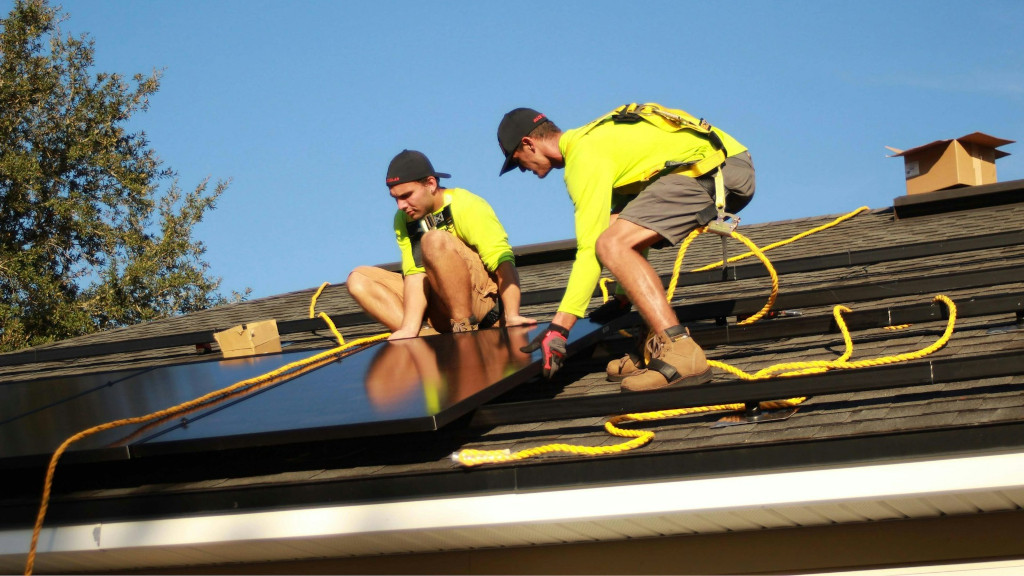
Several software tools can assist in planning and optimizing solar panel installations:
- Helioscope: This software provides detailed design and shading analysis, helping you create an optimized solar layout.
- PVsyst: A comprehensive tool for photovoltaic system design and simulation, PVsyst offers detailed performance analysis and financial modeling.
- Aurora Solar: This cloud-based platform allows for precise solar design, shading analysis, and financial modeling, making it a popular choice among solar installers.
Conclusion
Choosing the best location for solar panels is a critical step in ensuring the success of your solar energy system. Considering factors such as sunlight exposure, shading, orientation, mounting options, zoning regulations, and financial incentives, can help you make an informed decision that maximizes energy production and return on investment.
